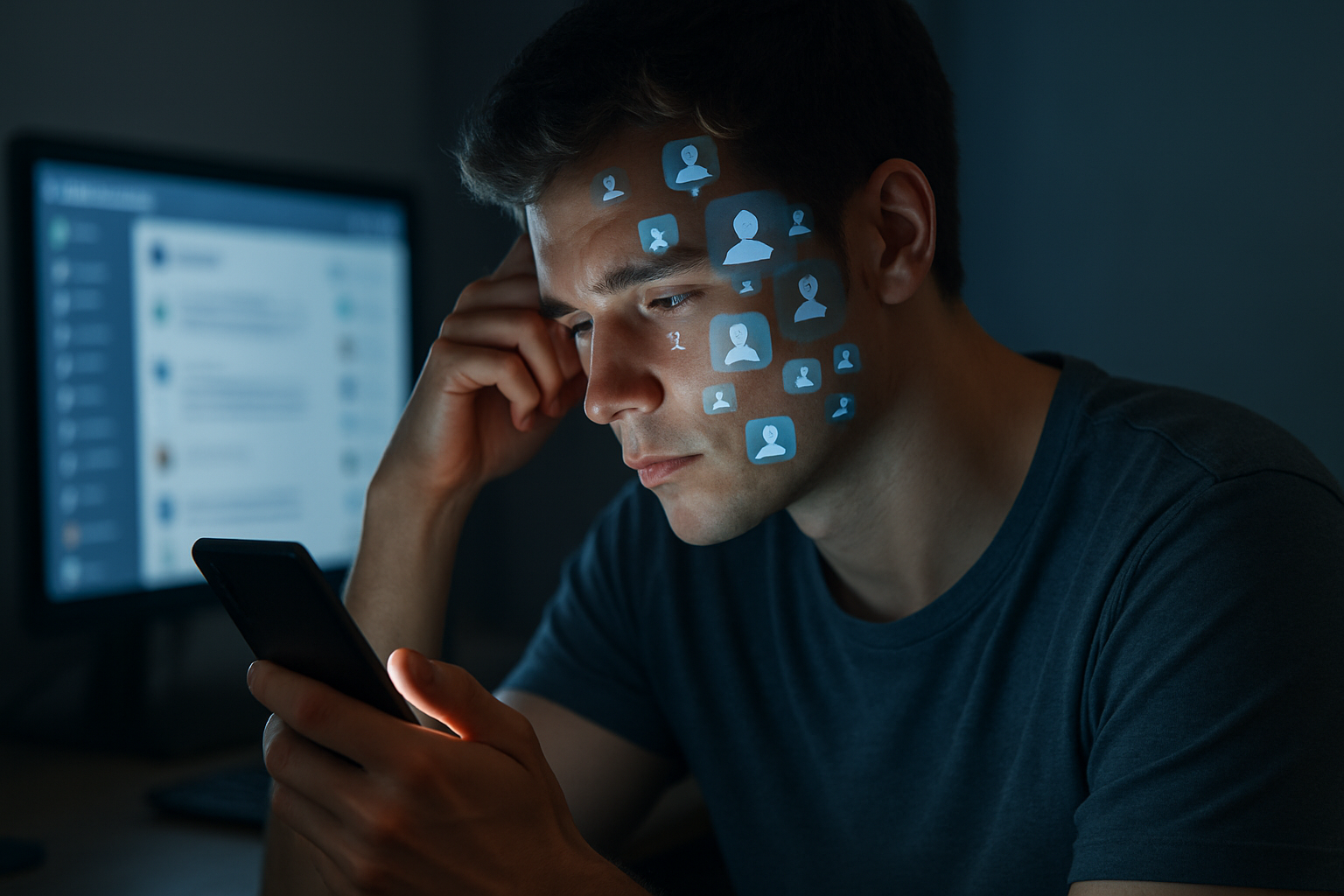The Paradox of Digital Intimacy in Modern Relationships
In an era where our devices connect us more than ever, a curious phenomenon is reshaping the landscape of human relationships. Digital intimacy, the closeness we feel through virtual interactions, is simultaneously drawing us together and pushing us apart. Read below to explore this intriguing paradox and its profound impact on modern society.

The Evolution of Digital Intimacy
The concept of digital intimacy has roots in the early days of the internet, but its current form has been shaped by the rapid advancement of communication technologies. In the 1990s, chat rooms and instant messaging platforms laid the groundwork for virtual connections. As social media platforms emerged in the 2000s, they transformed how we share our lives and maintain relationships. The smartphone revolution of the 2010s brought these connections to our fingertips 24/7, fundamentally altering the dynamics of personal interaction.
Today, digital intimacy encompasses a wide range of experiences, from sharing daily moments on social media to engaging in virtual reality spaces. The COVID-19 pandemic accelerated this trend, forcing many to rely heavily on digital means for maintaining relationships. This shift has led to new forms of expression and connection, but also raised questions about the quality and depth of these digital bonds.
The Psychological Impact of Virtual Connections
Research in the field of cyberpsychology has revealed complex effects of digital intimacy on mental health and well-being. On one hand, social media and messaging apps can provide valuable support networks, especially for individuals who may feel isolated in their physical environments. Studies have shown that online communities can offer a sense of belonging and validation, particularly for marginalized groups.
However, the ease of digital communication also comes with potential downsides. The phenomenon of ‘social comparison’ is amplified in the digital realm, where carefully curated online personas can lead to feelings of inadequacy and FOMO (fear of missing out). Moreover, the constant connectivity enabled by smartphones can create pressure to be always available, blurring boundaries between personal and social time.
Redefining Relationships in the Digital Age
As digital intimacy becomes more prevalent, it’s reshaping traditional notions of relationships. Long-distance romantic partnerships, once considered challenging, are now more feasible thanks to video calls and instant messaging. Friendships are no longer limited by geographical boundaries, with many people forming deep connections with others they’ve never met in person.
However, this shift also raises questions about the nature of these relationships. Some argue that digital interactions lack the depth and nuance of face-to-face communication, potentially leading to more superficial connections. Others point out that online interactions can sometimes foster greater honesty and openness, as the digital barrier can make people feel more comfortable sharing personal thoughts and feelings.
The Challenge of Authenticity in Digital Spaces
One of the key issues surrounding digital intimacy is the question of authenticity. In online interactions, it’s easier to present a curated version of oneself, leading to concerns about the genuineness of digital relationships. This phenomenon, often referred to as the ‘highlight reel effect,’ can create a disconnect between our online personas and our real-world selves.
Paradoxically, while digital platforms offer more ways to express ourselves, they can also lead to a sense of performative intimacy, where interactions are shaped by the perceived expectations of an online audience. This has given rise to new social dynamics, where the lines between public and private, authentic and constructed, become increasingly blurred.
Navigating the Future of Human Connection
As we move further into the digital age, the challenge lies in harnessing the benefits of digital intimacy while mitigating its potential drawbacks. Experts suggest that a balanced approach is key – using digital tools to enhance and supplement, rather than replace, in-person interactions. There’s a growing emphasis on digital literacy and mindfulness in online spaces, encouraging users to be more intentional about their virtual connections.
Emerging technologies like virtual and augmented reality promise to further revolutionize digital intimacy, potentially offering more immersive and nuanced ways of connecting. However, as these technologies develop, it will be crucial to consider their psychological and social implications.
The paradox of digital intimacy reflects broader changes in how we relate to each other and ourselves in the modern world. As we continue to navigate this complex landscape, understanding and adapting to these shifts will be essential for fostering meaningful connections in both the digital and physical realms. The future of human relationships may well depend on our ability to bridge the gap between virtual closeness and genuine intimacy.





